Kashmir


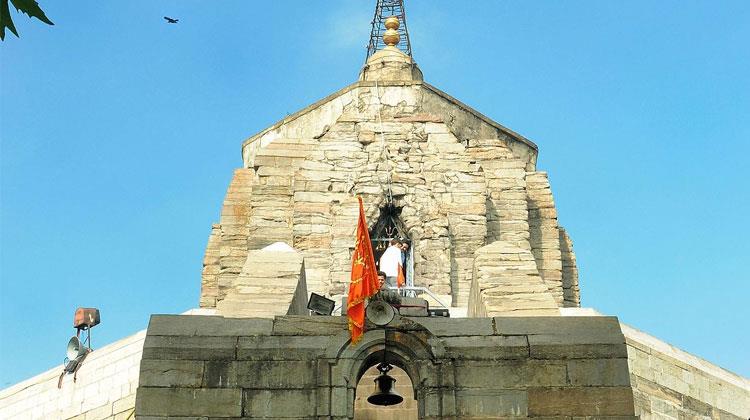

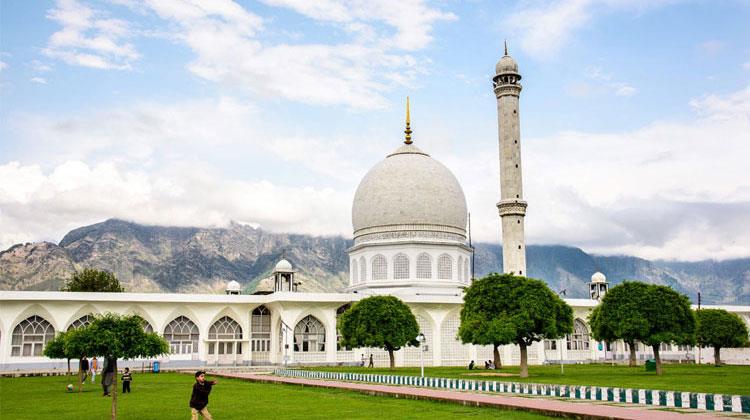
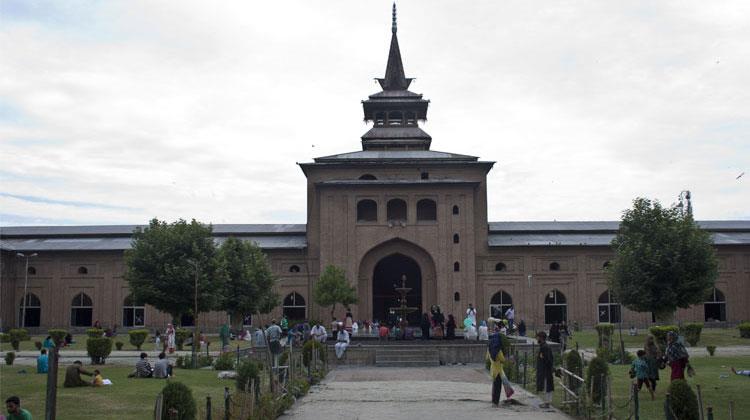
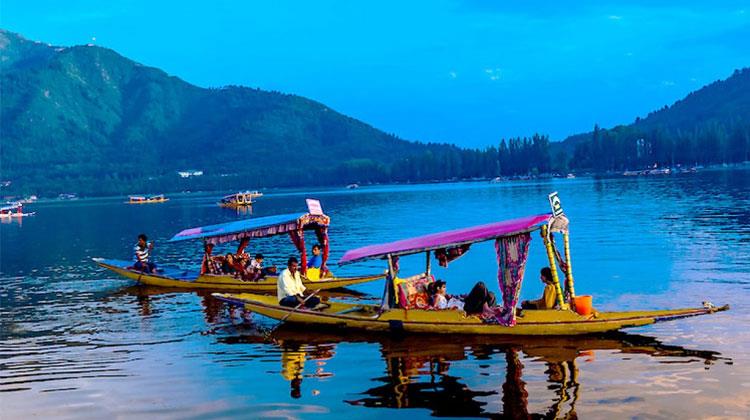
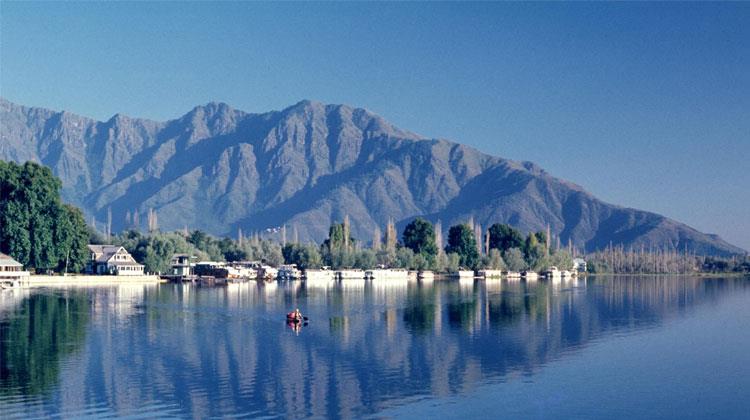
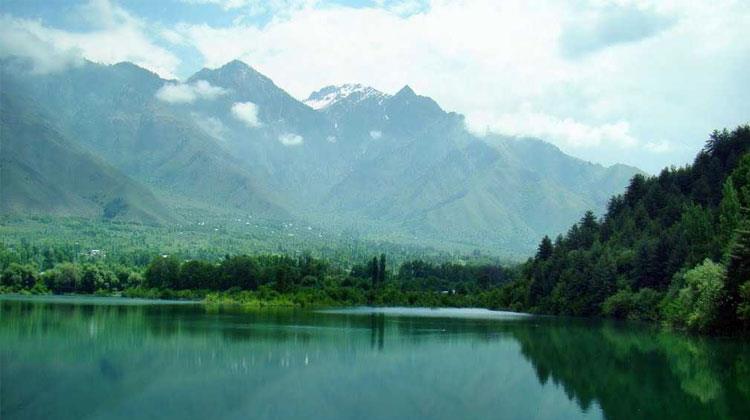
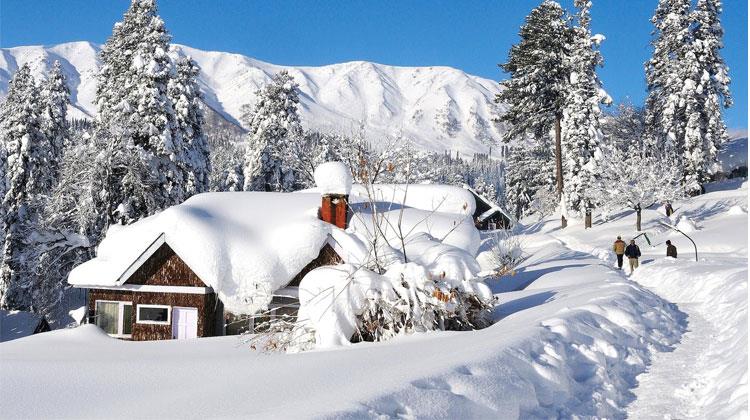
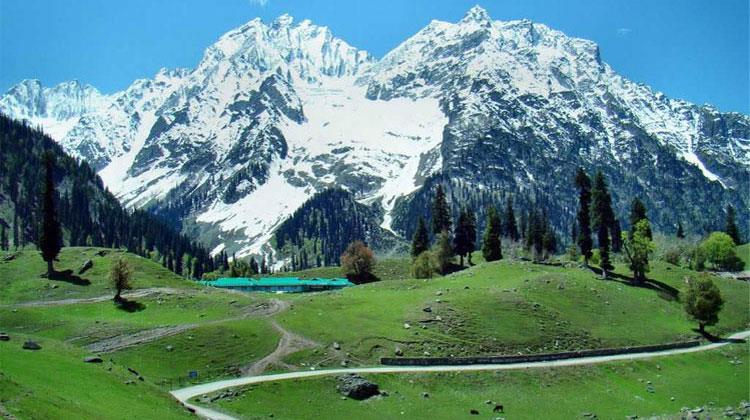
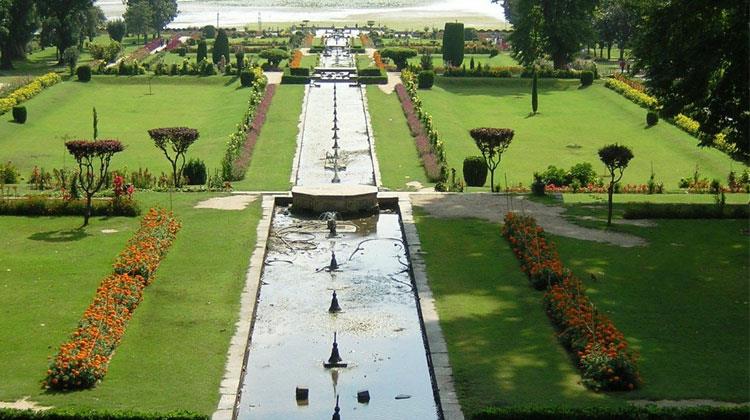
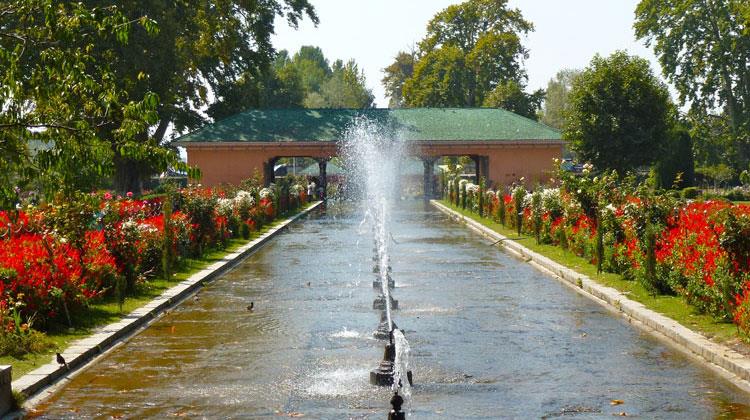
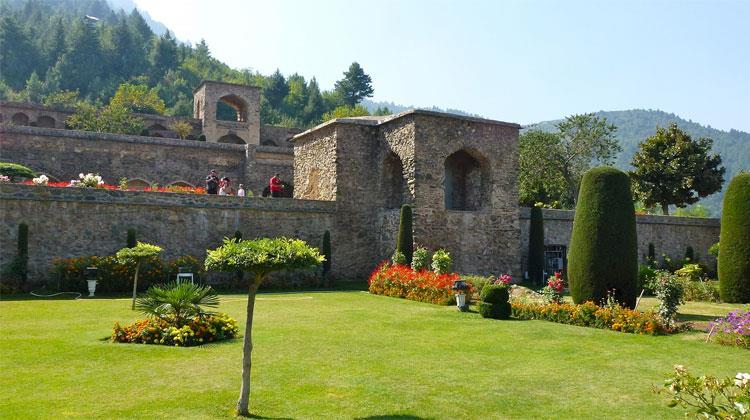
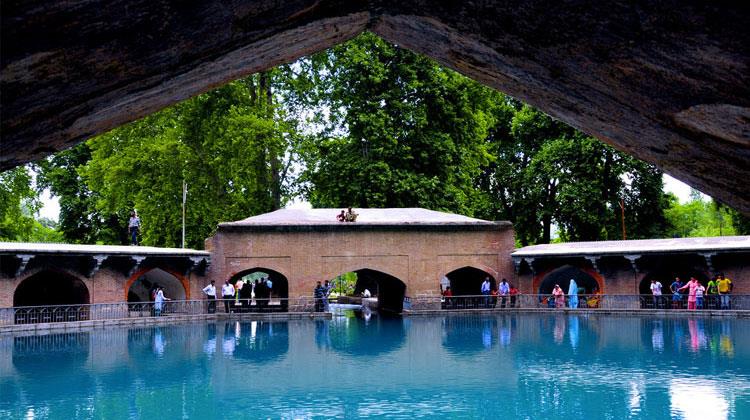
Amarnath
It is reckoned that Baba Bholenath call out to his devotees to Amarnath cave, where he generously showers blessings and grant prayers and wishes of the people. Perched at an elevation of around 3,888 m and 45 kms away from Pahalgam, Amarnath Temple is believed to be the earthly abode of Lord Shiva.Legend has it that the Amarnath Cave was chosen by Lord Shiva to reveal the secret of creation of the world and immortality to his consort Goddess Parvati. After leaving behind all his ornaments, he entered this holy cave along with Goddess Parvati with the intention to let out the secret. It is believed that while he was letting out the secret, a pigeon’s egg over heard it and became immortal. It is also believed that the pair, which was born out of the egg, can still be seen in the cave.
Considered to be a sacred Hindu pilgrimage, Amarnath is famed for the natural formation of Shiva Linga from the snow.
Kheer Bhavani Temple
Kheer Bhavani Temple is special, not for the reason of its architecture, but for the unusual tradition of offering Kheer to the presiding deity. Located in Tullamula of Srinagar district, Kheer Bhavani Temple is a highly revered shrine amongst the Hindus. The temple can be reached easily from Srinagar by regular tourist buses and taxis. Khir Bhawani Mandir is set amidst the picturesque surroundings covered with the trees of Chinar.Kheer Bhavani Temple is dedicated to 'Ragnya Devi' (form of Goddess Durga). As per the legends, Lord Rama worshipped the Goddess Ragnya, for the period of his exile. When the exile period was completed, Lord Rama asked Lord Hanuman to relocate the shrine of the Goddess. Lord Hanuman relocated the shrine of the Goddess to Shadipora.
Shankaracharya Temple
A beautiful Shiva temple situated on a picturesque location on the Gopadari Hill on the South East of Srinagar. This temple is situated at a height of 1100 feet above the Srinagar city The name of the Temple is after the great philosopher Shankaracharya who visited the valley about ten centuries ago. The Temple is built on a high octagonal plinth approached by a flight of steps.Shankarachar is a detached ridge of igneous rock to the south-east of Srinagar, separated from the Shilamar Range by the Aita Gaj Gap. The summit of the hill is crowned with a picturesque edifice. This hill was called Jetha Larak and afterwards it was named Gopadari Hill. Some are of opinion that the temple at the top was originally built by King Sandiman (2629-2564 B.c.). There were 300 golden and silver images in it.About 1368 B.C. King Gopadittya founder of Gopkar repaired it and bestowed to the Brahmans of Arya Varta, agrahars which he built on its top. King Sandimati (34 B.C.-A.D. 13) improved and added to the temple. Zain-Ul-Abdin (1421-1472 A.D.) repaired its roof which had tumbled down by an earthquake. Sheikh Ghulam Mohi-Din, a Governor (1841-46) also repaired its dome. Recently, the dome was repaired by Swami Shivratnanand saraswati at the request of a Nepali Sadhu who gave him financial aid. The temple is under the control of the Dharmartha Department. They have built two small buildings for the sadhus who live there. There is at the place an old stone shed which is called 'Parvatihund bana koth' (the store-house of goddess Parvati).
Charar-e-Sharief
Charar-e-Sharif in Kashmir is the mausoleum of Shaikh Noor-ud-Din Noorani at Charar-e-Sharif. Kashmir, with its immense beauty and piousness holds the whole world enthralled for its virgin mysticism.Which is to be explored by the world,where brotherhood and communal harmony stood ahead among many ways to attain God.The Man,a prophet re-incarnation; Hindu by birth and dharma led masses of his followers among Muslims and Pandits in a unique way. In valley there are many shrines and mosques namely; Kaymoh, Chimyr, Hauchpur, Draygam and Roopvan which earned good fame.But Chrar-i-Sharif, remains the most popular.
Hazratbal Shrine
The shrine is located on the banks of Dal Lake in Srinagar and is one of the most important pilgrim places for Muslims in the state. This is the place where Prophet Mohammad’s hair is kept inside a glass casket. The hair is kept for public display only on auspicious days. The Shrine was built sometime in the 17th century by Muslim Auqaf Trust.The mosque is also famous for the many fairs that are held in the premises which attracts a lot of pilgrims.
Jama Masjid
The Jama Masjid of Srinagar is situated at Nowhatta, in the middle of the old city. An important mosque in Srinagar, it was built by Sultan Sikandar in 1400 AD. Later, the son of Sultan Sikandar, Zain-ul-Abidin got the mosque extended. The attractions of the Jama Masjid of Srinagar, Kashmir include beautiful Indo-Saracenic architecture, a magnificent courtyard and 370 wooden pillars.Dal Lake
Reckoned to be the heartbeat of Srinagar, Dal Lake is the finest manifestation of the power and beauty of nature. Fringed by majestic mountains and the Mughal Gardens, Dal Lake has steadfastly maintained its position as a favourite tourist place to visit in Srinagar. The canopied Shikaras sailing on the sparkling water offers a picture perfect moment.On the other hand the houseboats on the lake render luxurious accommodation option. Along with nature lovers, Dal Lake also proffers great options to adventure seekers. Water sports including water skiing, golfing and hot air balloon riding have lately become quite popular in Dal Lake. The pride of Jammu & Kashmir tourism, Dal Lake invigorates visitors with its exceptional beauty all year round.
Nagin Lake
Situated on the foothills of Zabarwan Mountain, Nagin Lake is a popular Srinagar tourist place to visit. Fringed by willow and poplar trees, the lake is a haven for nature lovers. It is separated by a mere causeway from the Dal Lake. It is thus common to find floating houseboats and sailing Shikaras here. Nagin Lake is also famed for providing water skiing facilities.Nagin lake not only enhances the beauty of Srinagar, but also helps Jammu & Kashmir tourism to prosper. Adorned with calm environment and picturesque surrounding, Nagin Lake is indeed the jewel of Srinagar.
Wullar Lake
With a width and length of approximately 10 and 24 km respectively, Wullar Lake is one of the largest fresh water lakes in Asia. The lake gives about 60 percent of the fish yield of the region. Its perfect location between the cities of Sopore and Bandipore provides a marvellous view of the majestic hills on one side and steep valleys on the other.Wullar Lake, which draws water from the northern river Jhelum, lies at a distance of 60 km from Srinagar. Moreover, a renowned bird watcher’s paradise, Nal Sarovar Bird Sanctuary is also situated near the Lake.
Gulmarg
The ageless beauty of Gulmarg reflects the purity of nature. This small yet magnificent town is haven for the adventure seekers and a paradise for nature lovers. Toddle along the vast stretches of flower-clad meadows and sway through the alpine mountains replete with snow. Gulmarg invokes adventure instincts and at the same time offers a refreshing ambiance to retain peace of mind- it is a perfect melange to savour the taste of real Kashmir.The 'Heartland of Winter sports', Gulmarg is where all the excitement takes place. The very first ski resort was established here in 1927 and ever since Gulmarg has been an epitome of skiing in the country. The town also takes great pride in owning Asia's largest and world’s second largest cable car project called Gulmarg Gondola. It connects Gulmarg with Aparwath Mountain, from where one can ski down on a long snow-trail. Shark Fin is another brilliant place for powder skiing in the town. Gulmarg also boasts about being the longest Golf Course in India. Set against a beautiful backdrop, it attracts a large number of visitors.
Sonamarg
Traversing through the 'Meadow of Gold' Sonamarg Hill Station in the state of Jammu & Kashmir it is not difficult to lose track of time being lost in the scenery of Nature's artistry. Try to peek into the valley and depth of it along with gravity would seem to be drawing. The pointed conifers make the whole mountain appear pointing towards sky trying to attain some more height in the process. The white of snow matched with brown patches of earth has no match when it comes to subtle yet sublime color of landscape.Some of these most delicate details are intricately woven in the valley. These elements are divine enough to allow its viewers enter in a kind of trance, as momentary as it might be.
Nishat Bagh
A garden of bliss, a garden of joy, a garden of delight, whatever one chooses to call it, Nishat Bagh in Srinagar is exceptionally beautiful in every sense of the word. If one looks back in the pages of history, the Mughal era is likely to feel the most dominating one in Kashmir. After dethroning the mightiest of kings, these rulers of Persia set their foot in Kashmir in the 16th century. It was the sheer beauty of the valley that enticed them to conquer and rule. The glory days came with Jahangir, who was an avid art lover and who developed an undaunted love for Kashmir. He set the pace for the construction of some of the most splendid attractions in Kashmir, and that includes Nishat Bagh as well.Shalimar Bagh
Another enchanting creation, built under the eyes of the Mughal emperor Jahangir and this time built entirely by him, Shalimar Bagh is amongst the finest gardens in Kashmir, which were ever built by this Muslim dynasty. But before moving on to its description, its history must be given due attention. In the second century, King Pravarsena II founded the city of Srinagar. During his reign, he built a cottage for himself on the banks of Dal Lake, which he named as Shalimar.Later on, this cottage got destroyed and was left in ruins. But one thing that remained the same was its name, Shalimar. This name got carried forward in the coming centuries, and in the 16th century, when Jahangir came to this place; he built a royal garden on the sight of it, and named it Shalimar Bagh. In order to please his queen, the emperor built this royal garden and today, in the 21st century, it is the pride of Kashmir valley.
Chasme Shahi
Built by the Ali Mardan Khan in 1632, during the reign of Mughal emperor Shah Jahan, Chasma Shahi is amongst the major tourist attractions in Kashmir.This garden was commissioned by then Mughal Emperor Shah Jahan for his eldest and favorite son Dara Sikoh. Shah Jahan had it built on the slopes of the Zabarwan Mountains, around a natural spring. And the garden retains this spring, even in its present form. This natural spring sprouts from the first terrace of the garden, which further makes its way to the second and third terrace. As water from the first terrace pours into the second level, it meets a large pool, which has a fountain situated in the center of it. Some also believe that the water of this natural spring has medicinal properties.
Pari Mahal
The family legacy of building architectural wonders continued after Shah Jahan as well. This time it was the son, who contributed in the Mughal art form. The eldest son of Emperor Shah Jahan, Prince Dara Shikoh built Pari Mahal in Kashmir in the year 1650 AD. Pari Mahal Garden sits on top of Zabarwan Mountain range in Kashmir, quite close to the Dal Lake.This was built as per the guidelines of Persian architecture and Char Bagh concept, the garden, which is built around the Pari Mahal is segmented into seven terraces and has no water fountains like the other Mughal gardens in Kashmir. The reason it was named as Pari Mahal, which means the fairies adobe, was the structure, which looks like an enchanting fairytale castle. Highly noteworthy, the garden is a fine example of Mughal style of architecture and gardening.
Verinag
verinag is a fascinating Mughal garden that is situated at the foothills of Banihal mountain ranges in the south of Srinagar. It was built by Mirza Haider, who was an able engineer of the Mughal court of Jahangir. On the orders of Emperor Jahangir, Mirza Haider started the construction in the year 1619.The garden is built around a spring, which is a part of Jhelum River, and is given an octagonal shape. What attracts in the design of Verinag, is the symmetry it obtains with the blend of its natural surroundings and geometrical shape. The beauty of Verinag is so tempting that the garden remained the personal favorite of Emperor Jahangir. Such was his attachment that he expressed the desire to be buried here, post his death.
Great Trip with Great Company
